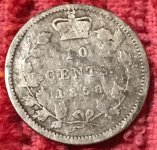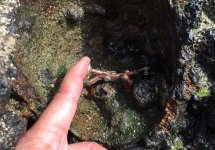LadyDigger
Bronze Member
Ok...I use google earth, but mostly for land. After recent readings about finding things in the ocean, thought I would give it a shot. 
Off the coast of New Jersey, I found this....
39 degrees 04'15.65" N
71 degrees 28'41.34" W
Almost looks like someone was using some sort of equipment and riding the ocean floor...
Then scroll just a bit South East and you will see more....
Would love to know what ya'll think? Thanks...Annmarie

Off the coast of New Jersey, I found this....
39 degrees 04'15.65" N
71 degrees 28'41.34" W
Almost looks like someone was using some sort of equipment and riding the ocean floor...
Then scroll just a bit South East and you will see more....
Would love to know what ya'll think? Thanks...Annmarie








